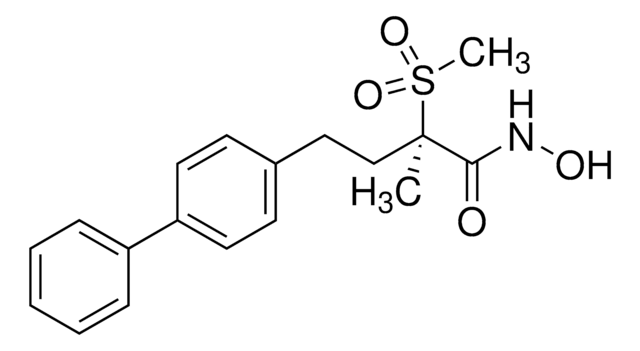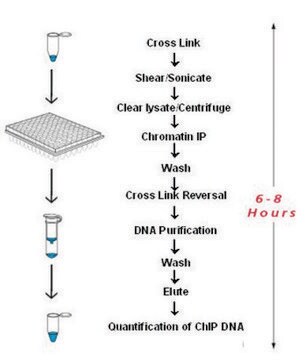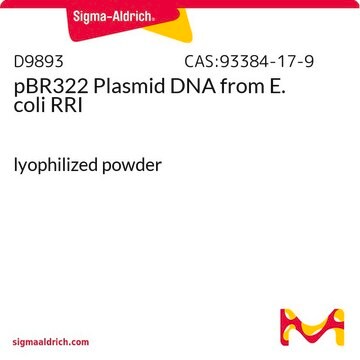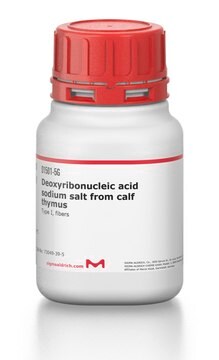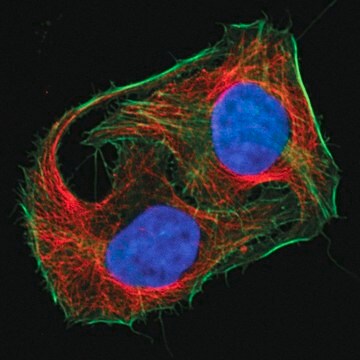S7323
14-3-3 Sigma histidine-tagged human
recombinant, expressed in E. coli, C-terminal, ≥90% (SDS-PAGE), buffered aqueous glycerol solution
Synonym(s):
14-3-3σ, Epitheliial cell marker protein 1, HME1, Makorin, ring finger protein 3, Mkrn3, Mmel, SFN, Stratifin, Tyrosine 3-monooxygenase/tryptophan 5-monooxygenase activation protein, sigma polypeptide, YWHAS
About This Item
Recommended Products
Biochem/physiol Actions
Physical form
related product
Storage Class Code
12 - Non Combustible Liquids
WGK
WGK 1
Flash Point(F)
Not applicable
Flash Point(C)
Not applicable
Personal Protective Equipment
Choose from one of the most recent versions:
Certificates of Analysis (COA)
It looks like we've run into a problem, but you can still download Certificates of Analysis from our Documents section.
If you need assistance, please contact Customer Support.
Already Own This Product?
Find documentation for the products that you have recently purchased in the Document Library.
Our team of scientists has experience in all areas of research including Life Science, Material Science, Chemical Synthesis, Chromatography, Analytical and many others.
Contact Technical Service